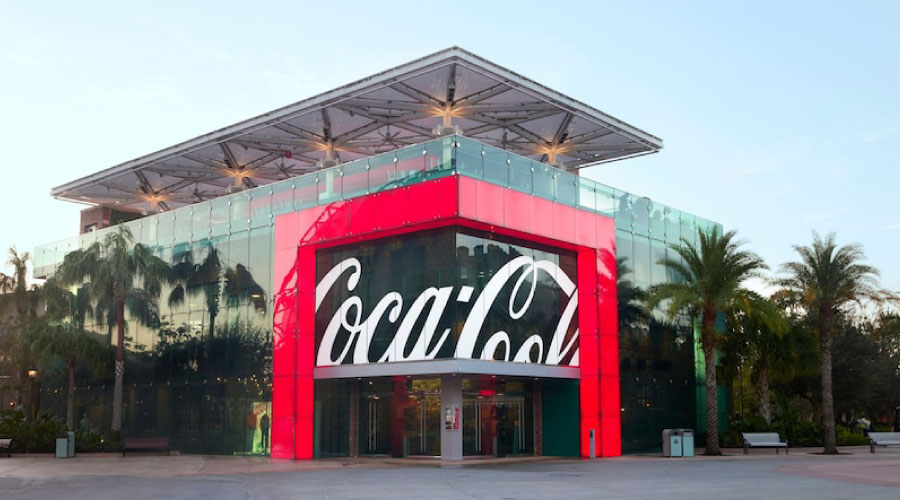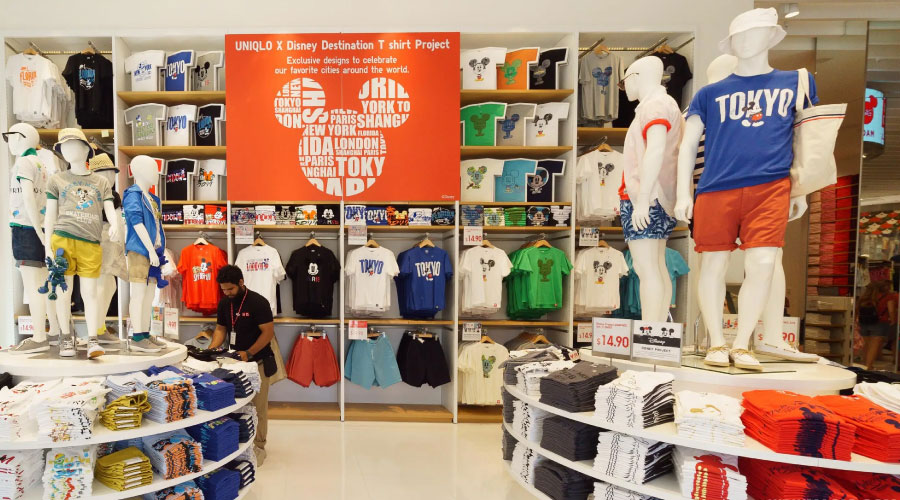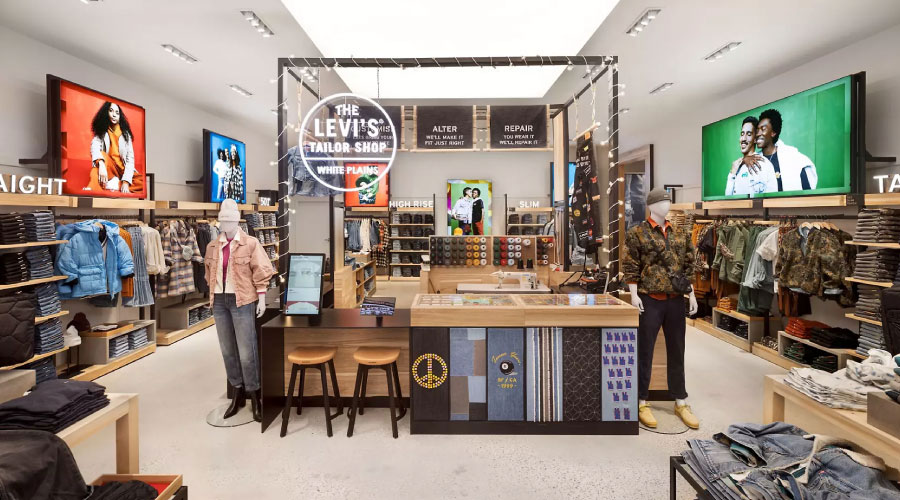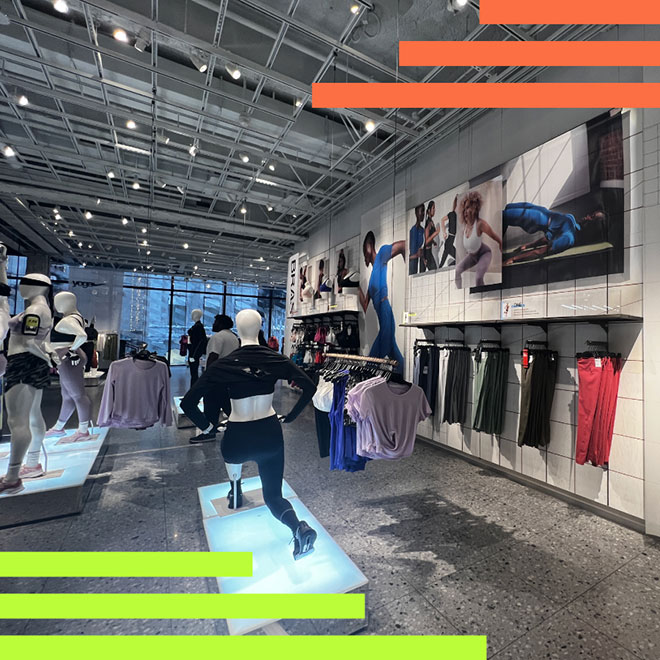
The Hidden Engine of Flagships: Why Operations Make the Magic Possible
Disney Springs in Orlando Reveals the Operational Side of Flagship Success
Estimated Read Time: 3 Minutes
Flagship stores are often celebrated for their immersive designs, bold statements of identity, and ability to showcase a brand at its peak. But beneath the sparkle and spectacle lies an operational machine that makes it all possible — from labor planning to inventory flow to technology integration. These destinations succeed because every part of the operation is orchestrated to support the experience. The real challenge for most brands isn’t creating one flagship, it’s translating that operational excellence into smaller footprints, tighter budgets, and local markets without losing the magic.
We saw this firsthand in Orlando’s Disney Springs, where brands bring their flagship A-game:
Coke – A masterclass in layered brand storytelling backed by complex operations. From customizable cans and photo ops with the Coca-Cola Polar Bear to a rooftop mocktail bar overlooking Disney Springs, each floor builds on the journey. Even the glass storefront nods to the iconic Coke bottle. Behind the scenes, careful planning ensures product variety, staff engagement, and smooth customer flow across three levels.

Uniqlo – With more than 25,000 square feet to explore, this concept store feels like a cultural hub. Limited-edition collaborations, live in-store events, and a Repair Studio offering alterations and embroidery customization all require operational precision — staffing for surges, managing inventory for rotating collections, and running services seamlessly within the retail floor.

Levi’s – Personalization and sustainability come to life through in-store stylists, a full Tailor Shop, and a trade-in program. But what makes it work is the infrastructure: balancing traditional retail with repair services, handling secondhand intake, and training staff to deliver a consistent, elevated experience.

These flagship experiences prove that operations and experience are inseparable. Yet most brands can’t replicate 25,000 square feet or three-story footprints in every market. The challenge is to distill what works operationally — and strategically — into formats that are efficient, scalable, and consistent.
That’s where our Operations expertise comes in. By auditing flagship spaces through the lens of customer journey, labor utilization, and operational flow, we create strategic blueprints that prioritize what matters most. Our approach focuses on five critical areas:
- Customer experience – Simplify touchpoints with self-checkout, mobile ordering, and clear messaging.
- Inventory management – Use data to optimize stock levels, reduce SKUs, and deploy just-in-time inventory systems.
- Staffing structure – Train and empower associates with labor models designed to flex with demand.
- Back-of-house operations – Streamline storage, replenishment, and returns to maximize efficiency.
- Technology – Scale solutions that support operations without overwhelming staff or customers.
Scaling down doesn’t mean shrinking the experience. It means being deliberate — carrying forward the elements that make a brand unforgettable while ensuring operations are lean, consistent, and built for growth. The flagship is the storybook; we help brands write the pocket edition that still delivers the magic.
To continue exploring flagship thinking, take a look at our other articles that unpack design, experience, and strategy through the same lens of scalability.

 Rob Seely
Rob Seely Joanne Heyob
Joanne Heyob


